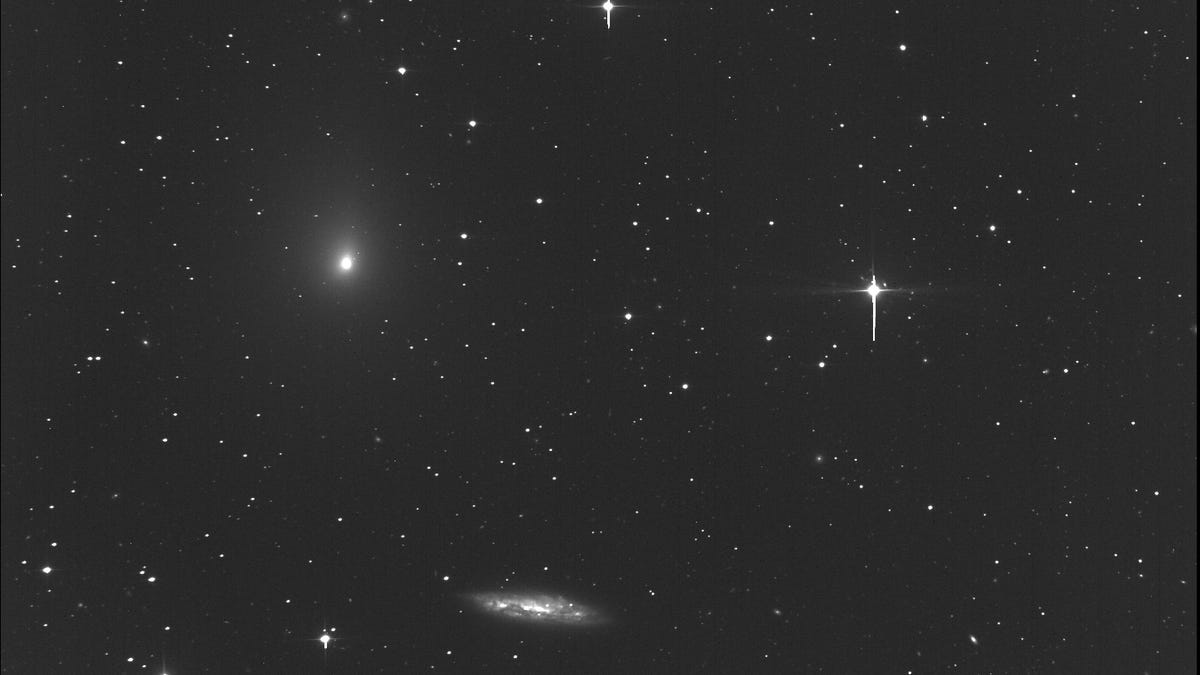Very real April Fools' Day Comet will zoom by Earth
No jokes and no kidding. An April Fools' comet is scheduled to fly by our planet, and space fans are looking forward to the view.
On Saturday, a day full of jokes and pranks, a real comet will swoop close to Earth. Comet 41P/Tuttle-Giacobini-Kresak is now known by the nickname "April Fools' Day Comet," thanks to the timing of its closest approach to our planet.
Telescope service Slooh will track the comet live on April 1 through telescopes located in the Canary Islands.
Comet 41p makes its way around the sun every 5.5 years, but this visit marks its closest point to us for over a century.
It will pass at a distance of just under 14 million miles (22.5 million kilometers). That's plenty far away for us not to worry about it, but close enough for some potentially fun telescope observations.
Astronomers and space fans have already been tracking the comet's progress. Tenagra Observatories in Arizona posted a photo of Comet 41P among the stars of the constellation Ursa Major on March 22.
Comet 41P/Tuttle-Giacobini-Kresak, which measures under a mile (1.4 kilometers) in diameter, gets its long name from all the astronomers who discovered and rediscovered it through the years. It was first discovered in 1858, with subsequent spottings in 1907 and 1951.
NASA notes the comet should be visible with binoculars from March through June. The comet can appear to have a greenish tint, which made it an object of note for St. Patrick's Day this year.
"This comet is famous for major outbursts that make it highly variable in brightness," the space agency says. It offers a fascinating piece of space reality on an otherwise whimsical day.
Virtual reality 101: CNET tells you everything you need to know about VR.
Tech Enabled: CNET chronicles tech's role in providing new kinds of accessibility.


